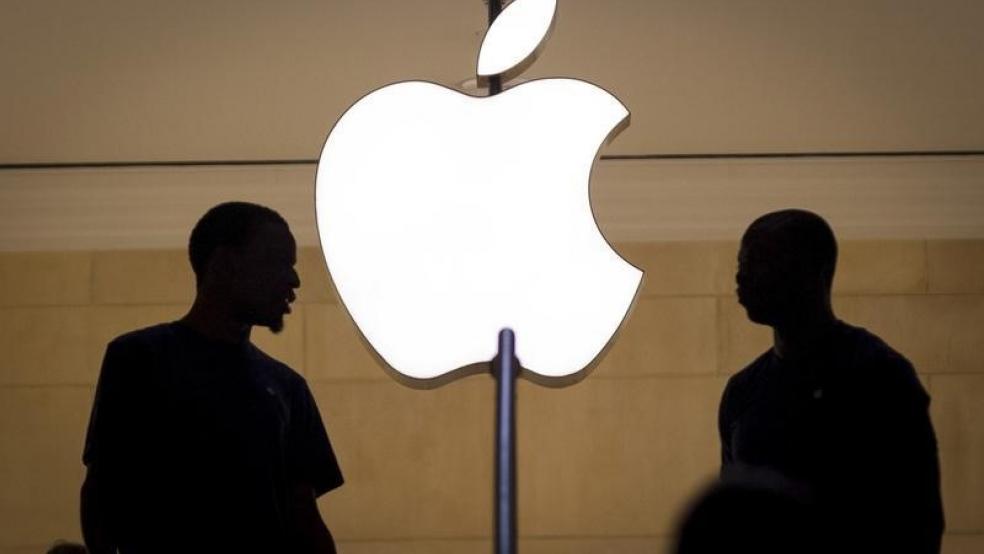For media companies and other businesses that rely on web advertising for income, ad-blocking has long been a scourge that threatens their livelihood. Thankfully for them, though, ad-blockers such as Google Chrome’s popular extension Adblock Plus were largely limited to desktop computers.
Until now.
With the release of the latest iteration of its iOS operating system, Apple is now allowing ad-blocking software in the App Store. While many publishers certainly hoped that the apps would see limited adoption on mobile devices, most tech pundits suggested that they would see millions of downloads, fundamentally shifting the mobile advertising landscape — and hitting Google, a leader in online advertising as well as Apple’s rival in the mobile world.
It looks like the pundits were right.
Related: 10 Biggest Tech Flops of the Century
Just a couple of days since the release of iOS 9, two ad-blocking apps have already shot to the top of the charts on the U.S. and U.K. app stores. An app called Purity has rushed to the coveted position of No. 1 paid app in the U.S. app store, beating out popular mainstays such as Minecraft and Swype. Another ad-blocker, Purify, sits at No. 3 on the list, just in front of another ad blocker named Crystal. Rounding out the list is Blockr, at No. 13. And that’s just in the top 20.
The reasons for using ad blockers are many: Some ads carry cookies that track users and create privacy concerns, some ads contain badly written code that can slow web page loading to a crawl. Some ads come in the form of intrusive interstitial advertisements that force the user to wait before loading a page.
Content providers that rely on advertising income claim that without money from pop-ups and banner ads, their sites would be forced to shut down. In an impassioned article in The Verge, editor-in-chief Nilay Patel says this: “What happens to a small company when you take away 75 to 85 percent of its revenue opportunities in the name of user experience? Who's going to make all that content we love so much, and what will it look like if it only makes money on proprietary platforms?”
Manufacturers and users of ad-blocking software, like Peace developer Marco Arment, dispute this claim.
In a blog post on his personal webpage, Arment claims that the onus is on the publisher to provide advertising that is up to a certain standard, and not reliant on third-party ad networks, adding that “Many publishers have already struck a great balance with non-abusive methods such as (clearly labeled) native in-stream ads, which don’t require cross-site tracking or abusive practices and make good money.”
It’s early days yet, and the end result of these ad-blockers remains to be seen, but for now things look bleak for content creators that can’t adapt to the shifting landscape. Those that survive may have to do so through less conventional means, such as sponsored posts, native advertising, or — in a worst-case scenario — paywalls. As publishers continue to scramble to figure out their futures, they can thank Apple for ramping up the pressure.





